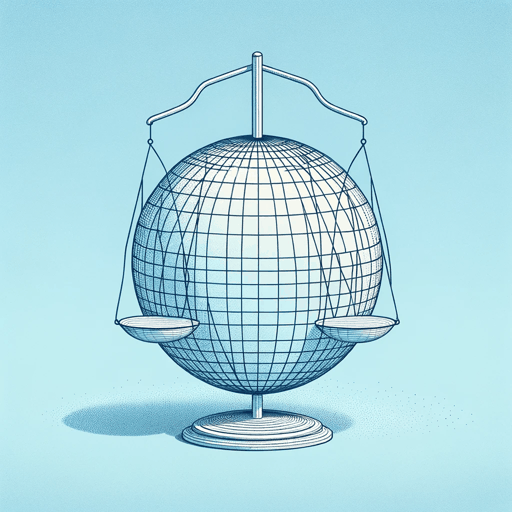47 pages • 1 hour read
John J. MearsheimerThe Tragedy Of Great Power Politics
Nonfiction | Reference/Text Book | Adult | Published in 2001A modern alternative to SparkNotes and CliffsNotes, SuperSummary offers high-quality Study Guides with detailed chapter summaries and analysis of major themes, characters, and more.
Chapters 9-10Chapter Summaries & Analyses
Chapter 9 Summary: “The Causes of Great Power War”
Chapter 9 examines the complex dynamics that shift security competition in the international system into outright war. Mearsheimer presents a structural theory to explain the transition from competition to conflict among great powers, defined as conflicts involving at least one great power. The chapter argues that while international anarchy is a deep cause of war, it alone cannot explain the sporadic nature of war, as anarchy is a constant in the international system.
To understand this variability, Mearsheimer examines another structural variable: the distribution of power among leading states. He identifies three primary arrangements: bipolarity, balanced multipolarity, and unbalanced multipolarity. The central thesis is that bipolar systems are typically the most peaceful, while unbalanced multipolar systems are the most prone to deadly conflict, with balanced multipolar systems falling in between.
Mearsheimer acknowledges the limitations of structural theories like offensive realism in predicting the exact occurrences of war. He notes, “Structural theories such as offensive realism are at best crude predictors of when security competition leads to war” (335). This statement encapsulates the inherent unpredictability of war within different system structures.

